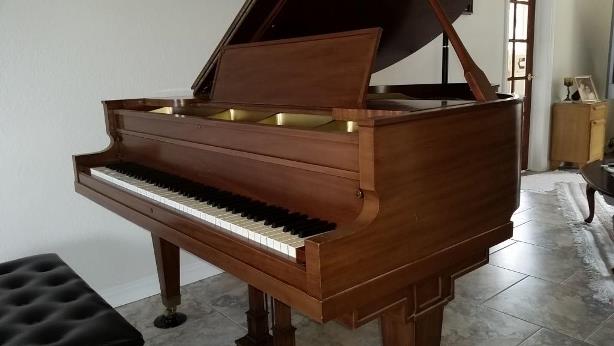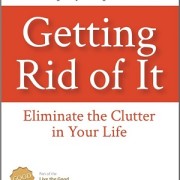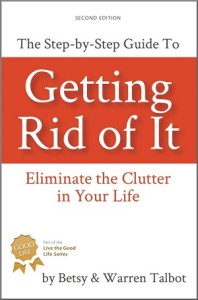A Walk Down Memory Lane
Remember the banker’s box I wrote about in last month’s Decluttering a Mountain in My Mind? Well, I almost titled this post, A Painful Walk Down Memory Lane.
Older Friends and Colleagues Have Passed Away
When you have worked with people and have friends who are much older than you, you may never see them again after losing touch over the years. You’ll only be able to savor the memories.
A spry colleague, about 25 years my senior and a long-time contributing member in our community, passed away last year shortly before the COVID-19 shutdown. While going through my older paperwork as The Caregiver’s Voice—helping family members and professionals who care for people with dementia, I found her number and called. Disconnected. I looked online and found a more current associate of hers who relayed the information of her passing to me. She led a Parkinson’s support group in our valley until the very end.
Memories Tucked Away
Among the papers I was looking through was a yellow-lined sheet of paper torn from a small notepad. On it, in her writing, was her name, address and telephone number. I searched for her online as she was of immense help to me in scoring the music I co-composed to commemorate the Bicentennial of the US Constitution, while serving among Alverno College’s faculty. I called her and left a message. I will call her once more since I didn’t receive a call back. It would be nice to touch base after more than a third century since we last saw one another.
Hesitate to Reach Out to Someone?
We’ve all done it. We don’t call because we fear or figure the person could call us. Fair enough. I have a public presence and it’s easy for someone who desires to reconnect to reach out to me. Some of my friends and even family members are so private, I’m not sure what they’ve been doing for the last quarter century.
Still, it’s up to us. I choose to reach out to those people along the river of my life who I think about. I wonder how their lives unfolded. I have reached out, including family members, who won’t return my calls or respond to letters or even birthday cards. After several tries, I’ve learned to let go. While I miss them, they may not miss me or need me in their lives. Meanwhile, I enjoy reconnecting and learning about those who are willing to share life’s adventures across the years.
Consider this. If you hesitate to call someone, turn the tables. Imagine if out of the blue, three decades later, someone calls you and says, I was going through some old paperwork and found some notes and have been thinking about you.
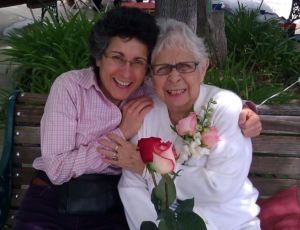
How would you feel?
WOW!
The world we live in today is increasingly self-focused. Most appear to avoid contact with their faces buried in smartphones. Attention has gone virtual.
You never know what unexpected gift you could give another or receive by reconnecting. At the very least, reconnecting it likely have a positive effect on both of your lives.
Inspire us. Let us know what you have done.


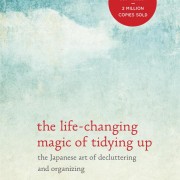
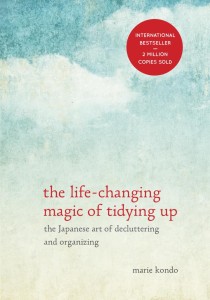 Marie Kondo’s The Life-Changing Magic of Tidying Up takes a Samurai’s approach to ridding ourselves of physical clutter.
Marie Kondo’s The Life-Changing Magic of Tidying Up takes a Samurai’s approach to ridding ourselves of physical clutter.



